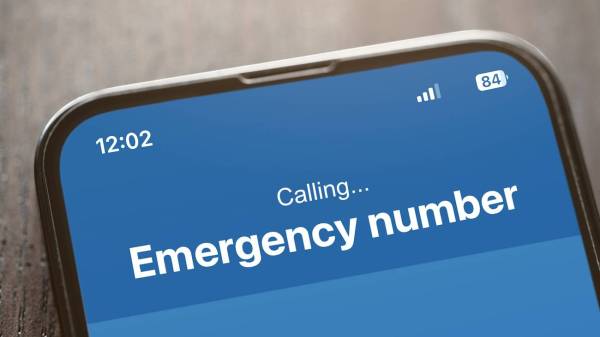North Carolina completes transition to next-generation 911 network

Last week, the North Carolina 911 Board, a division of the N.C. Department of Information Technology, announced the state has completed a yearslong effort to modernize its aging emergency response system to a next-generation 911 platform.
North Carolina joins ten other states — California, Indiana, Iowa, Kentucky, Mississippi, Nevada, South Carolina, Virginia, Vermont, and West Virginia — that also have fully operational next-generation 911 systems, according to 911.gov, which has been tracking the technology’s adoption since Congress amended the National Telecommunications and Information Administration Organization Act in 2021.
Though some states have finished upgrading to next-generation 911, no state has yet begun accepting photos or videos from 911 callers.
All 124 emergency call centers in North Carolina that receive funding from the state board are now part of the state’s next-generation 911 network, Pokey Harris, the board’s executive director, told StateScoop on Friday.
“The entire country has been looking at moving away from legacy or copper wire delivery for 911 calls to IP-capabilities,” Harris said. “North Carolina just happened to be on the forefront of that creating a path forward.”
Next-generation 911 provides a faster, more resilient system that allows digital information — including voice, photos, videos and text messages — to flow from the public to first responders.
North Carolina’s project to upgrade to next-generation 911 started nearly a decade ago, when a proof of concept in 2015 outlined the transition away from the state’s decades-old copper-wire system.
Next-generation 911 systems also provide high-speed data network connections that allow every call center to serve as a backup in the event of a natural disaster or an overload of emergency calls. According to a recent survey by the National Emergency Number Association and the software company Carbyne, more than three-quarters of emergency call centers experienced outages in 2023 — and nearly 60% experienced a computer-aided dispatch outage — due to outdated technology.
North Carolina also implemented a network monitoring and assistance center, which opened in 2019, to continuously track the service and performance of the 911 system across the state, which serves to troubleshoot network issues. Technicians monitoring the emergency services network can identify increasing emergency calls and quickly reroute calls to other 911 centers, such as during severe weather or major events that draw many people to an area.
The state’s 911 board estimates the annual spending for next-generation 911 will be $32 million, costs that include the state’s emergency services network, hosted call handling equipment, geospatial information systems technology and the state’s Network Monitoring and Assistance Center.
Harris said North Carolina’s 911 board is now developing a statewide geospatial database to help identify 911 caller locations and direct them to the appropriate call center, a critical component for mobile callers.
“We’re going to make sure that our GIS data, our mapping data, stays at the required accuracy rate in order for 911 calls to be routed,” Harris said.






